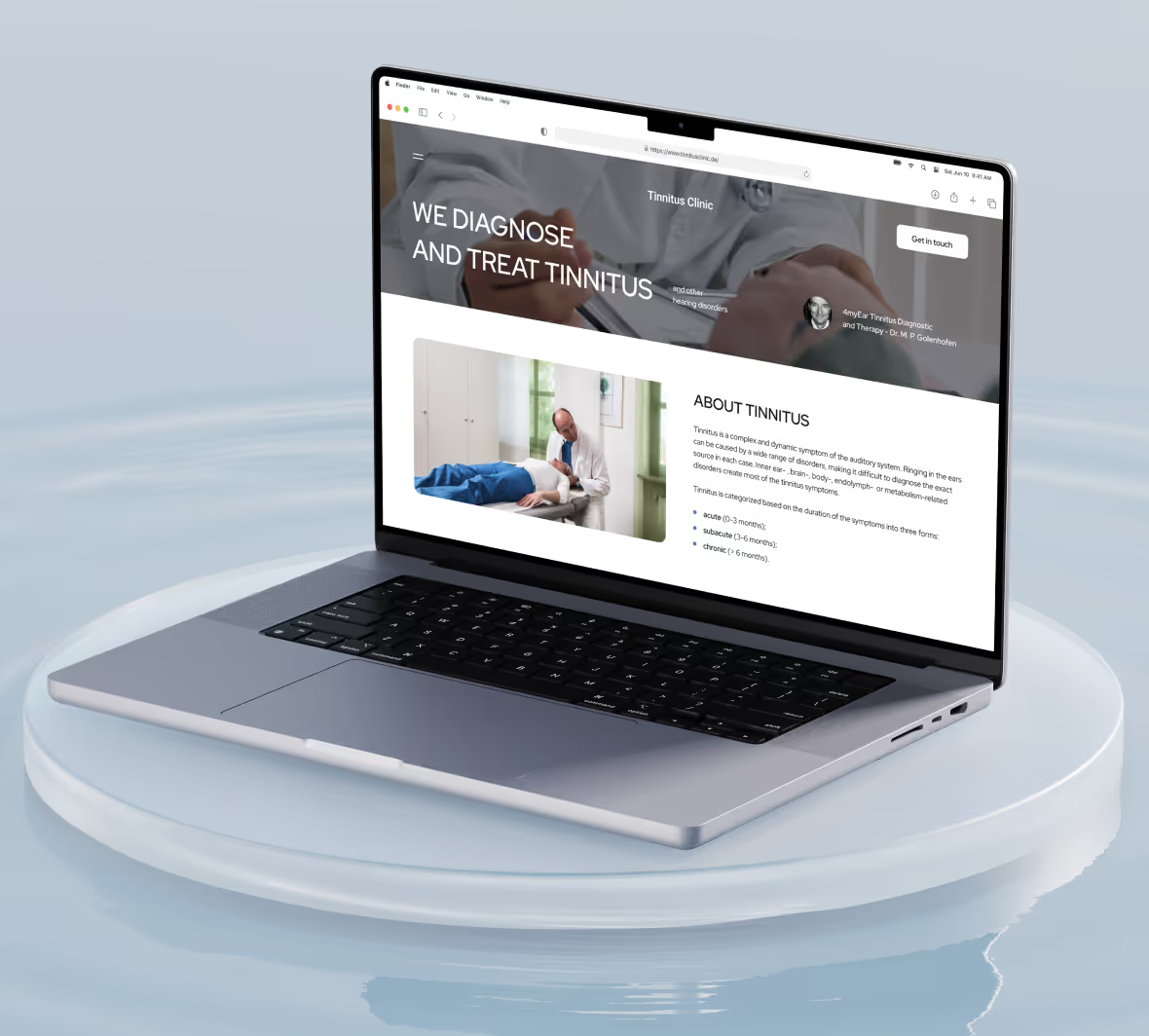
Consider you have a brilliant idea for a product that could solve a significant problem. You’ve even mapped out an impressive business plan. But once you launch your product, you discover no one wants it. This situation is all too common among entrepreneurs and startups. Fortunately, lean startup-validated learning can help minimize the risk of failure. This guide will offer a short guide to validated learning within the lean startup methodology to help you understand how to apply it to your no-code MVP project.
Validated learning is all about testing your assumptions and determining what your customers want. This guide will show you how to get started. Minimum Code can help you launch your no-code MVP quickly and affordably to validate your ideas before investing in a full-scale product. Let’s get started!
How Validated Learning Works

What Is a Lean Startup?
Lean Startup offers a fresh approach to launching new ventures, transforming how startups approach the market. This methodology, founded by Eric Ries, emerged from the necessity for startups to operate under conditions of extreme uncertainty. Traditional business models relied on lengthy planning phases and significant capital investments before a product reached the market. This method often resulted in the launch of products that didn’t meet customer needs or expectations, leading to significant financial losses. Lean Startup shifts this paradigm by encouraging entrepreneurs to test and validate from the outset continuously.
The Role of Validated Learning in Lean Startup
Validated learning is a fundamental concept within the Lean Startup framework. It emphasizes the significance of learning through honest customer feedback. Instead of relying solely on intuition or market research reports, validated learning prioritizes empirical data collected from customers interacting with the product. This approach helps startups confirm whether their hypotheses about a product or service are correct before making significant investments in development or marketing.
How Validated Learning Helps Startups Succeed
Through validated learning, startups can:
Identify Real Customer Needs
By testing hypotheses and gathering feedback, startups can uncover the actual problems customers face and tailor solutions accordingly.
Make Informed Decisions
Data-driven insights reduce guesswork, allowing startups to make choices aligned with market demands rather than assumptions.
Adapt Quickly
The iterative nature of validated learning enables startups to pivot based on feedback, ensuring they remain agile in a fast-changing business environment.
Related Reading
- MVP in Scrum
- MVP Testing Methods
- Minimum Viable Product vs Prototype
- Types of MVPs
- Minimum Viable Product Examples
- MVP in Agile
- MVP Marketing
- MVP App Development
- Build MVP
- Prototype vs MVP
- MVP Testing
The Build-Measure-Learn Feedback Loop

The Build-Measure-Learn feedback loop is the cornerstone of the Lean Startup methodology. It represents a continuous cycle of building products, measuring their impact, and learning from the results. This iterative process allows startups to refine their offerings based on actual user feedback rather than assumptions, ultimately leading to better product-market fit.
Step 1: Build
In the context of Lean Startup, "building" refers to developing a Minimum Viable Product (MVP). The MVP is a product version that includes only the essential features necessary to meet the basic needs of early adopters. The primary objective of the MVP is to test the fundamental assumptions about the product with minimal resources.
Focus on Core Features
When creating an MVP, it’s crucial to identify and prioritize the features that deliver the highest value to users. This focus helps minimize development time and costs.
Keep It Simple
The MVP should be as simple as possible. This allows startups to gather feedback quickly without the distraction of unnecessary features, helping users concentrate on the product's core value proposition.
Step 2: Measure
Once the MVP is launched, the next step is to measure its performance in the real world. This involves collecting user interactions, behaviors, and feedback data to assess whether the product meets customer needs and expectations.
Define Key Metrics
To measure success effectively, startups must establish clear and relevant metrics that align with their business goals. Standard metrics include customer acquisition cost, user engagement rates, and churn rates.
Use Analytics Tools
Utilizing various analytics tools can help collect quantitative data regarding user behavior. This data is crucial for understanding how users interact with the product and identifying areas for improvement.
Step 3: Learn
The final step in the feedback loop is to analyze the data collected during the measurement phase to derive actionable insights. This learning phase is where validated learning occurs, enabling startups to understand whether their hypotheses about the product are accurate.
Evaluate Assumptions
Startups should assess which assumptions were validated through user feedback and which ones need to be adjusted or discarded. This evaluation is critical to refining the product and strategy.
Make Data-Driven Decisions
The insights gained from this learning process should inform the product's next iteration. Based on their learning, startups can pivot, persevere, or make incremental changes.
By engaging in this Build-Measure-Learn feedback loop, startups create a systematic approach to product development that minimizes waste and maximizes learning. This cycle encourages a culture of continuous improvement, enabling entrepreneurs to adapt quickly to market needs and enhance their chances of success.
The Importance of Validated Learning

The Core of Lean Startup Validated Learning: What Is It?
Validated learning is a vital principle of the Lean Startup methodology. It emphasizes the significance of obtaining empirical evidence to support or refute assumptions about a product, customer needs, and market demand. By focusing on validated learning, startups can make informed decisions and mitigate risks associated with uncertainty.
Defining Validated Learning
Validated learning systematically tests hypotheses to determine whether they hold in real-world conditions. Unlike traditional learning methods, which often rely on theoretical frameworks or guesswork, validated learning is grounded in data and user experiences.
Hypothesis-Driven Approach
Startups begin by formulating hypotheses about their product or business model, which they test through experiments and MVPs. For instance, a startup might hypothesize that a specific feature will lead to higher user engagement.
Real-World Testing
The goal is to gather data from real users to validate or invalidate these hypotheses. This process helps entrepreneurs understand their customers' preferences, pain points, and behaviors more deeply.
The Big Benefits of Lean Startup Validated Learning
Validated learning is a vital principle of the Lean Startup methodology. It emphasizes the significance of obtaining empirical evidence to support or refute assumptions about a product, customer needs, and market demand. By focusing on validated learning, startups can make informed decisions and mitigate risks associated with uncertainty.
Reduces Risk
By testing assumptions early and often, startups can identify potential pitfalls before investing significant resources into product development. This proactive approach allows for adjustments based on user feedback, thereby minimizing the risk of failure.
Enhances Product Development
Validated learning fosters an agile mindset, enabling teams to iterate rapidly based on what they learn from users. This iterative process leads to the continuous refinement of products, ensuring they align more closely with customer needs.
Improves Decision-Making
Armed with data from validated learning, entrepreneurs can make informed decisions about product features, marketing strategies, and business direction. This reliance on evidence rather than intuition reduces bias and promotes a more strategic approach.
Fosters Customer-Centricity
Validated learning shifts the focus from what the startup thinks customers want to what customers need. This customer-centric approach enhances user satisfaction and loyalty, as products are more likely to meet genuine demands.
Encourages Accountability
Establishing a culture of validated learning within a startup promotes accountability among team members. When decisions are based on data, individuals are more likely to take ownership of their roles and contributions to the product’s success.
Putting Lean Startup Validated Learning Into Practice
To effectively implement validated learning in a startup, entrepreneurs should adopt the following practices:
Create a Testing Framework
Develop a structured approach to testing hypotheses, including defining what metrics will indicate success and failure.
Engage with Users
Actively seek user feedback through surveys, interviews, and usability testing. This engagement is crucial for understanding their experiences and preferences.
Analyze and Reflect
After conducting tests, analyze the results and reflect on what they mean for the product and the overall business strategy. This reflection will inform the next steps in the Build-Measure-Learn loop.
By prioritizing validated learning, startups can navigate the uncertainties of launching new products with greater confidence and resilience. This practice enhances the likelihood of success and lays a solid foundation for sustainable growth.
Minimum Code: The Secret to Rapid Development
We are a no-code development agency tailored for non-technical entrepreneurs looking to launch B2B SaaS or service web apps quickly. Our expertise lies in using tools like Bubble.io, Xano.com, and Webflow to deliver MVPs within a month. Why you should work with us: We offer rapid development speed, cost-effectiveness compared to traditional methods, scalable and secure solutions, and full-service support from design to post-launch.
We're ideal for founders who've experienced lengthy traditional development cycles or need a technical co-founder. Our approach solves common pain points like needing more tech skills, no-code scalability, security concerns, and the desire to focus on business while we handle the tech. With Minimum Code, you can finally bring your long-held business idea to life quickly and efficiently without breaking the bank. Bring your long-held business ideas to life with us, and get a free product discovery & scoping for your app idea today!
Build-Measure-Learn Feedback Loop

Understanding the Build-Measure-Learn Feedback Loop
The Build-Measure-Learn loop consists of three primary stages:
Build
In this initial stage, startups create a Minimum Viable Product (MVP) or a product prototype. The MVP includes only the essential features required to address the core problem or need to be identified in their hypotheses. The focus here is on speed and efficiency—developing something that can be released to users as quickly as possible to begin gathering feedback.
Example
A food delivery service might start with a simple app that allows customers to place orders from a limited selection of restaurants. This MVP will enable them to test the market without needing a fully developed platform.
Measure
Once the MVP is launched, the next step is to measure its performance in the real world. This involves collecting data on user interactions, behaviors, and feedback. Startups should define key performance indicators (KPIs) that align with their hypotheses and goals, allowing them to quantify the effectiveness of their MVP.
Methods of Measurement
This can include quantitative methods, such as analytics tools that track user engagement, conversion, and retention rates, and qualitative methods, such as user surveys and interviews that gather insights on customer satisfaction and experiences.
Learn
The final stage involves analyzing the data collected during the measurement phase to derive insights. Startups should determine whether the results support or refute their initial hypotheses. This analysis will inform the decisions on whether to pivot (make significant changes based on feedback), persevere (continue refining the current direction), or abandon the project altogether.
Iterative Learning
This learning process is not linear but cyclical. Based on what is learned, startups can return to the Build phase with a more informed approach, adjusting their product based on user feedback and new insights.
The Benefits of the Feedback Loop
Agility
The Build-Measure-Learn feedback loop fosters agility, allowing startups to adapt quickly to changing user needs and market conditions. By regularly testing and iterating, companies can respond to feedback without being locked into a single vision.
Informed Product Development
This iterative approach reduces guesswork in product development. Startups are guided by data, making creating products that resonate with users and enhance customer satisfaction easier.
Risk Mitigation
By continuously validating assumptions through this loop, startups can identify problems early in development, reducing the likelihood of costly mistakes or failures later on.
Customer-Centric Approach
The feedback loop emphasizes the importance of customer input throughout the product development lifecycle. Startups that actively engage users and incorporate their feedback are more likely to build products that meet market needs.
Implementing the Feedback Loop
To effectively implement the Build-Measure-Learn feedback loop, startups should consider the following strategies:
Set Clear Objectives
Define success for each iteration and what metrics will be used to measure it.
Prioritize User Feedback
Make user engagement a priority by involving customers at each stage, from MVP development to post-launch feedback collection.
Iterate Quickly
Foster a culture of rapid iteration within the team, encouraging quick adaptations based on user insights and data analysis.
Document Insights
Record the insights gained from each feedback loop cycle. This documentation can inform future product development and strategy.
By effectively leveraging the Build-Measure-Learn feedback loop, startups can create a sustainable model for continuous improvement. This will lead to products that meet user needs and contribute to long-term business success.
Related Reading
- MVP Features
- MVP Development Process
- How to Build an MVP
- MVP Developer
- MVP Benefits
- SaaS MVP Development
- MVP Development for Startups
- Develop MVP
- How to Build an MVP App
- MVP Development Cost
Get a Free Product Discovery & Scoping for Your App Idea Today
Minimum Code MVP reduces the complexities of traditional development by eliminating excess features and focusing only on the core functionalities needed to launch your app. This approach allows for faster development times and more cost-effective projects. Instead of spending months—or even years—building a complex application that may not meet the needs of your target audience, Minimum Code MVPs help you get to market quickly so you can validate your idea and make informed decisions about the future of your app.
Related Reading
- MVP Development Team
- Launching an MVP
- MVP Tools
- MVP Validation
- MVP Timeline
- No Code Agencies
- Creating an MVP

Ready to build your product?







